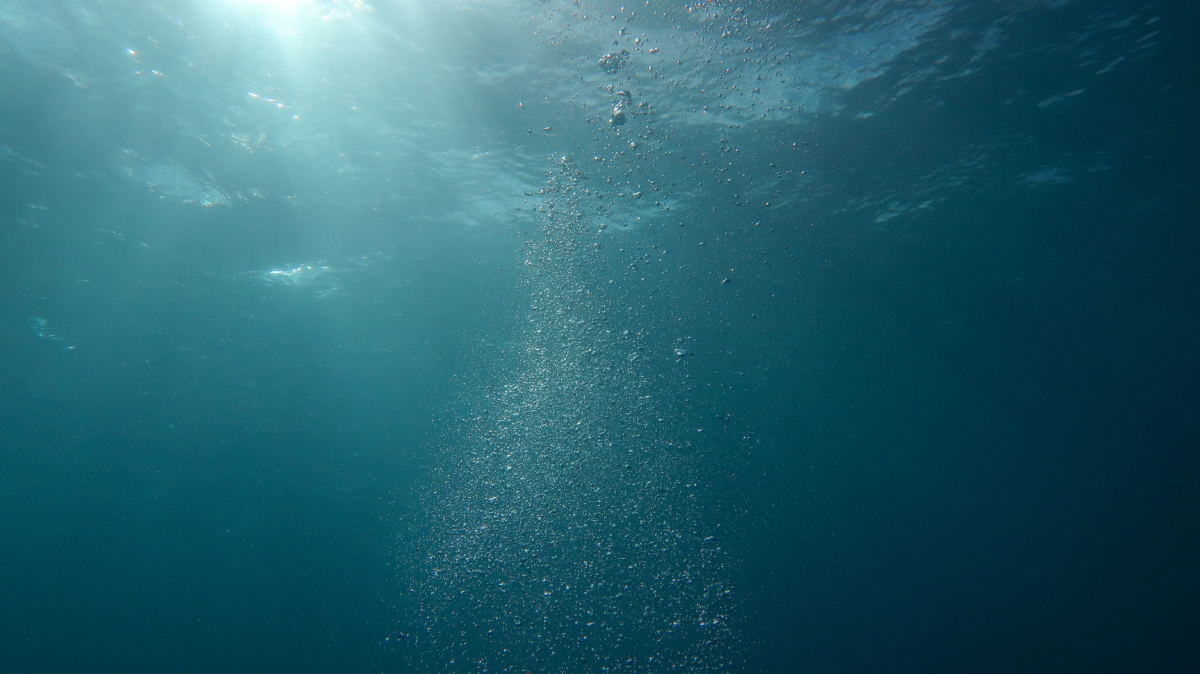Introducing the new ParAqua network
Aquatic parasites, which are characterised by having a flagellate motile transmission stage (the zoospores), are known as “zoosporic parasites”. They include members of several phyla of fungi and fungi-like microorganisms (e.g., Chytridiomycota, Aphelida, Heterokonta, Cercozoa…). Zoosporic parasites cause severe mortality of their hosts, both in nature and cultivation systems. The economic impacts of zoosporic parasites infections are notable in the microalgae biotech industry, affecting production of food ingredients, biofuels, pharma- and nutraceuticals; as well in aquaculture hatcheries, affecting the production of microalgae fed organisms such as fish fry. But zoosporic parasites also constitute important drivers of natural populations, potentially influencing aquatic food webs and community dynamics, including maintaining and promoting diversity.

Until present, zoosporic parasites research has been scattered across Europe and remained uncoordinated, hindering progress and synergy. From the urgent need for a coordinated and joint effort to build a collaborative platform linking science, industry, and management, an innovative and dynamic Network has been created to improve, promote and disseminate new knowledge and strategies that can be used for better ecosystem governance, applied purposes and concepts of industrialisation.
Within the framework of the COST Programme, the COST Action ParAqua, which stands for Applications for zoosporic parasites in aquatic ecosystems, will focus on the aspects related to principles for improvement of algal production efficiency, as for example strategies on ways of mitigating zoosporic parasites infection or how to deal with parasites in the use of industrial cultivation. Applied knowledge on zoosporic parasites can feedback from industry to ecology, and we will therefore explore whether the developed tools can be applied for monitoring lakes and reservoirs.
The group of experts gathering 78 specialists from 32 countries, met online in January 2022, to start building the collaborative network linking science, industry, and management. The main session of the event was a Stakeholder platform where the network invited interested collaborators from the algal biotech industries and water manager authorities to discuss the needs for expanding knowledge and expertise on algal parasites as well as opportunities to join the Action.
“This is a very crucial moment to unlock the potential of algal biotech for a sustainable European economy. The network will benefit of the COST framework to bring together academic research on algal zoosporic parasites, biotech industry and water authority to tackle future challenges for renewable resources and better understanding on how host-parasite interactions modulate ecosystem processes.”
Dr Serena RASCONI, Chair of the COST Action
During the session, invited speakers from industries, academics, water managers, consultants and one non-profit organisation, focused the discussion on strategy for parasites monitoring and control and valorisation of results.
The aim is to foster multi-sector collaborations and work together on the implementation of common activities, such as workshops, meetings and inter-lab visits and exchanges.
The Network will first compile and integrate a database on zoosporic parasites across Europe and a catalogue of parasite effects on algal hosts in algal biotech and natural systems. Short Term Scientific Missions will be organised for inter-laboratory exchanges between academia, industry and water management for joint samples analyses, cross-evaluation of methods and training schools with case studies from algal biotech and natural ecosystems.
By exploring parasites evolutionary dynamics, life cycles and interactions with the host, ParAqua will elaborate methods to detect parasitic occurrence, triggers for outbreaks (environmental, chemical, biological …) and regulatory factors. Elucidating on how to prevent and cure infections will promote better and safer production of algal biomass and product. But not only. Considering that zoosporic parasites, fungi and fungi-like organisms are very interesting under different point of views, e.g., present high potential for valorisation and constitute important driving forces in eco-evolutionary dynamics, the network will also explore new perspectives and include aspects other than exclusively parasitic nature as an issue (e.g., application for cell disruption for extraction of high-value compounds from algae).

The ParAqua Network aims to provide solutions for one of the most urgent problems in the algal biotech industry and unlocks the vast potential of aquatic parasites for diversified and healthier ecosystems. Reaching the objectives will support the European strategies to achieve several of the UN Sustainable Development Goals (Zero Hunger; Clean Water; Clean Energy; Industry, Innovation & Infrastructure; Life below Water).
Additional Information
View the Action website
Follow the network on Twitter: @ParAqua_CA20125
Check the Action LinkedIn page: ParAqua EU COST Action

